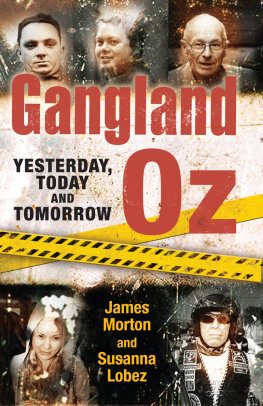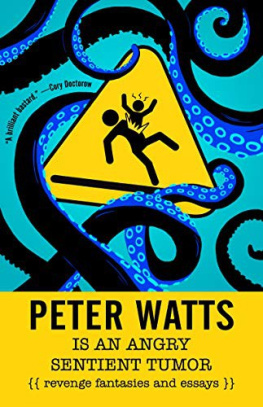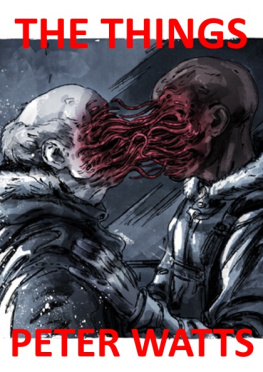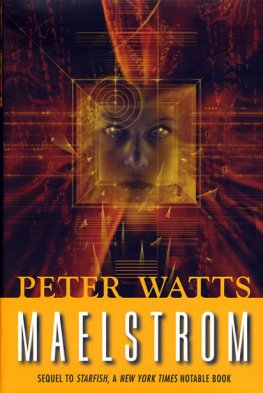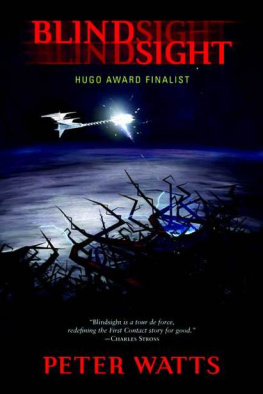
This is Donnie Maass, a nine-year-old high-functioning autistic savantefrom New York; very limited social skills, but he could calculatesix-digit prime numbers in his head. If you recognize the name, youllknow that this picture was taken before he was subjected to experimentaltherapy in which a tweaked retrovirus rewrote certain critical geneslinked to his condition. Basically, we hoped to cure his autism byrewriting his code at the molecular level.

This is Donnie Maass eight weeks after the onset of gene therapy. Thisdiscoloration is not anemia; Donnies blood volume had actuallyincreased by seven percentbut he had begun to redistribute the bloodvolume away from the peripheral tissues and sequester it deep in thecore, for reasons that were (at that time) unknown. And while thisbloodless complexion is Donnies most obvious physical symptom, therewere others, including

marked recession of the gum-line, and increased reflectivity of theretina, reminiscent of the tapetum lucidum found in the eyes of catsand other nocturnal predators. We also noticed behavioral changesDonnieexhibited increased activity levels during nighttime and began sleepingduring the day, and during sleep his metabolic rate fell to about halfof what it should have been.
Perhaps most disturbingly, psychological testing revealed an increasinglack of affect and reduced responses to emotionally- charged stimuli.When shown photos of people mutilated during car accidents or HomelandSecurity interviews, for example, Donnies skin conductivity and ECGwere scarcely different from when he was shown neutral pictures such aslandscapes or still- lifes. (We would have liked to pursue this aspectfurther, and had in fact arranged for a series of MRIs, but Donniesparents withdrew permission after one of our technicians accidentallyleft the slideshow running during visiting hours):

Suffice to say, based on the data we did collect, Donnie was developingthe behavioural symptoms of a clinical psychopath; he was scoringprogressively higher on the Hare Psychopathy checklist, and his empathyquotientwhich was pretty low to begin withbegan dropping even further.

At around the same time his performance on general patternmatching andlogic tests began increasing, and his numerical hyperperformancewhichhad always been limited to the calculation of primesbegan manifestingin other areas as well. Donnie was suddenly able to perform calendartricks, and he developed a real facility for calculus. Unfortunately wewere never able to assess the ultimate extent of his abilities, sincearound the eleven-week mark he grew increasingly uncooperative with ourresearch staff, and at times became quite violent.

This is a picture of Donnie taken just prior to autopsy, sixteen weeksafter the onset of therapy. The gumline recession has becomeunmistakably pronounced, as has the skin pallor (although the fact thatDonnie is dead may be a factor here as well). The rictus reflectsDonnies condition at death; in fact, he died following the onset ofsudden violent convulsions which strongly resembled grand malseizures. Like epilepsy, these seizures appear to have been provoked bysome critical visual stimulus but he wasnt watching any flashing orstrobing lights when the convulsions began. He was viewing a multimediadisplay wed used for psychological testing many times before, withoutany problems. Looking back, he had grown increasingly reluctant to usethe display in the days prior to his complications; this might havesuggested some kind of aversion building over time. Back then, ofcourse, we reasonably assumed that this was part and parcel of hisincreasing overall belligerence, and there was no reason to expect thatstrapping him down, pinning his eyes open and forcing him to watch thedisplay would have had such dramatic results. Hindsight, as they say, is20/20.

At any rate, this is the multimedia panel that provoked Donniesdifficulties. And as it turns out, it wasnt so much the picturesthemselves as the shape of the borders between them that was theproblem.
Now its important not to lose sight of the fact that, while these sideeffects did ultimately prove problematic, the therapy did in fact cureDonnies autism. It would therefore be needlessly pessimistic todescribe our preliminary work as a failure, especially since even theside-effects themselves, while admittedly fatal to the patient, didresult in some profoundly important findings Ill be sharing with youtoday.

Autopsy revealled a number of significant findings at both gross andmicroscopic levels. Capilliary beds had formed in the body corenow weall have these, the digestive system is highly vascularised tofacilitate nutrient transport from the intestine into the bloodstream,but the capillary meshes in Donnies core were far more extensive thananything wed seen before.
Tissue levels of adenosine triphosphate were elevated; ATP is thechemical battery that powers the cell, and this explains the abnormalstrength and stamina that Donnie displayed during his final days.
Blood work turned up high concentrations of Leuenkephalin, an opioidpeptide found in animals like bears and squirrels, and is involved inhibernation.
Donnies immune system also showed unusualresistance to prionic diseases like Creuzfeld-Jakob. Such resistance isusually found only in cannibalistic cultures; cannibals are a high-riskgroup when it comes to prions.
Donnies amygdala and his visual cortex essentially, thepatternmatching wetware at the back of the headwere 7 and 13% largerthan they should have been, respectively. Synaptic interconnectionsbetween the anterior cingulate gyrus and the rest of the brain were muchlower than normal, almost as if the core of the brain were beingisolated from the neocortex
We also discovered some very unusual wiring in the retina. Some of youmay know that our eyes contain whole arrays of specialized receptorcells; some fire only when they see light and shadow in conjunction,some fire only when they see horizontal lineshorizons and so on. InDonnies case, the receptors that respond to horizontal lines hadsomehow become crosswired with those that respond to vertical ones. Whenboth sets of receptorsfired simultaneously in a very specific waythat is, when intersectingright angles occupied more than thirty degrees of visual arcpositivefeedback generated a neuroelectrical overload in the visual cortex. Thiswas what had caused Donnies adverse reaction to this cross imagery onthe display.
Next page





